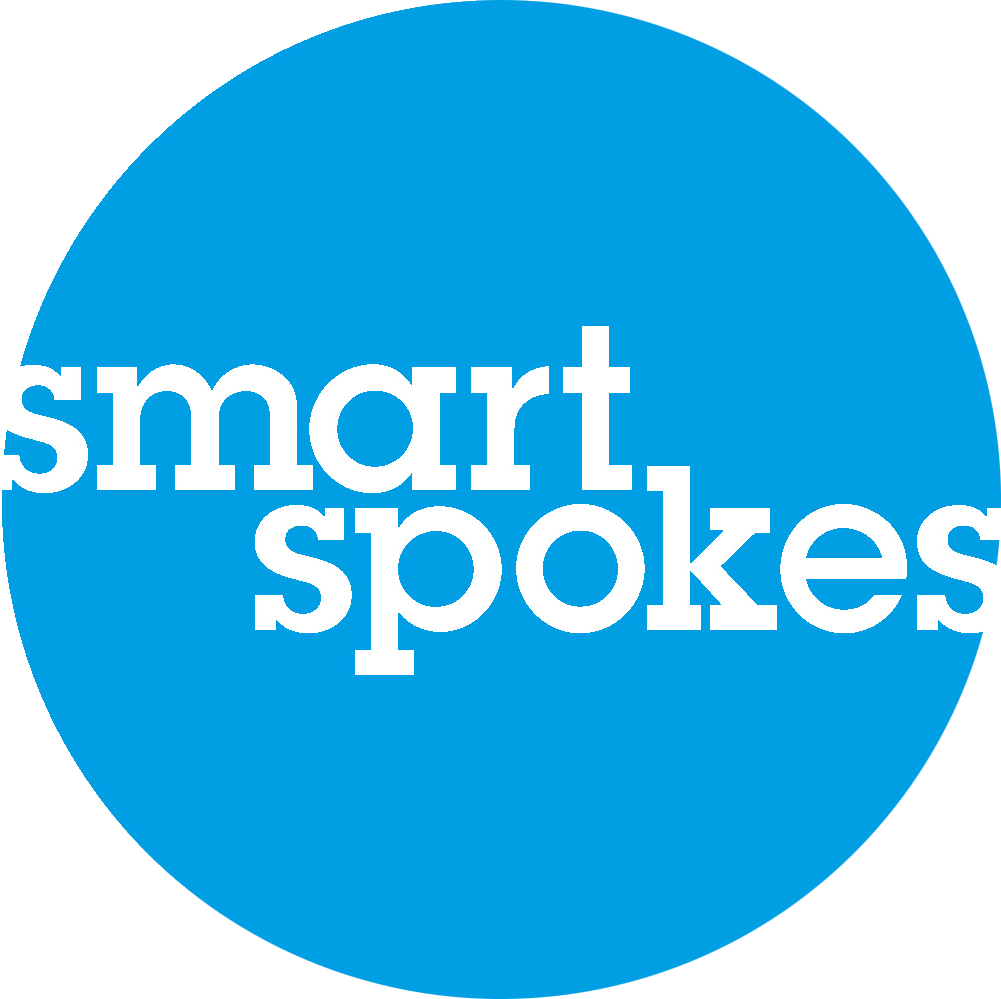Why Automatic Subtitles Double Your Risk
(How Incorrect Captions Jeopardize Comprehension, Your Brand, and BFSG Compliance)
1 | What's It All About in 45 Seconds?
In just three seconds, “Magda von Smartspokes” suddenly becomes “Nackte von smartphones”. It sounds funny, but it costs trust and, in the worst case, BFSG compliance. Our 45-second split-screen video proves it.
In the clip, you can see automatic Adobe subtitles on the left and checked subtitles from smartspokes on the right – perfect for direct comparison.
2 | Why Automatic Captioning Often Fails 📉
Error type
Example
Risk
Word error rate (10–15 %)
smartspokes → Smartphones
Incorrect branding
Incorrect numbers
2023 → 2022
Incorrect information, compliance risk
Truncated lines
−10 % comprehension
3 | What Makes Professional Subtitles Better ✔️
3.1 Semantic Segmentation
Lines divided into meaningful units ≠ rigid 42-character cut → +15% text comprehension.
3.2 Manual QA
Names, technical terms, and numbers checked by humans → error rate < 2%.
3.3 BFSG-Ready Formats
Delivery as SRT, VTT, EBU STL – including speaker tags and according to the desired style guide.
4 | Studies Show: Subtitles Have a Measurable Impact
Subtitles measurably increase viewing and completion rates – this has been demonstrated by large, published studies. This publicly available data confirms what we observe every day in customer projects: accurate, semantically segmented subtitles significantly increase attention and completion rates.
| Study / Platform | Key Finding | Source |
|---|---|---|
| Facebook Tests (2016) | Captioned video ads increased average view time by 12%. | (facebook.com) |
| PLY Media Study (2019) | Only 66% of users watched videos without subtitles until the end – with subtitles 91% watched until the end | (newtontech.net) |
5 | YouTube Auto-UT – Unfortunately Not a Solution Either

Screenshot 1: YouTube recognizes “Magda von smartspokes” as “Magmartworks.”
Screenshot 2: The proverb is completely mangled. “das gelbe vom Ei” becomes “dasselbe vom Ei.”
Conclusion: Whether Adobe or YouTube – the average error rate remains at 10–15%. This is not sufficient for the legally required “clear and understandable communication” (§ BFSG).
6 | FAQ – Quick Answers
Are Automatic YouTube Subtitles BFSG-Compliant?
Usually not. Error rate > 10%, BFSG requires “clear and understandable.”
How Long Does Your Post-Correction Take?
24–48 hours for clips < 30 minutes
Can I Also Create Subtitles Myself Using Tools Such as Subtitle Edit?
Yes – Subtitle Edit is very well suited for simple formats such as SRT or VTT. You can use it to insert time codes, line breaks, and even simple speaker tags. For complex styles or accessibility requirements (e.g., fixed positioning, colors, synchronization with VoiceOver), we recommend that you have us proofread your subtitles. We would be happy to take a look at your file and let you know what needs to be done.
TL;DR – Too Long; Didn't Read
Automatic subtitles are practical – but prone to errors.
They confuse names and numbers and split sentences in illogical places. Studies show:
➡️ +10–15% loss of comprehension due to poor segmentation.
➡️ +12–20% watch time with professionally checked subtitles.
Our split-screen video shows the difference.
And unfortunately, YouTube is no exception – there, “Magda von smartspokes” suddenly became “Nackte von Smartphones” (Naked people from Smartphones).
BFSG is committed to comprehensibility.
We deliver checked, semantically segmented subtitles in VTT, SRT & Co. – including positioning & speaker tags.
➡️ Ready in < 48 hours.
➡️ Starting at $10/minute
Want More Tips and Tricks?
We regularly upload short videos with tips and tricks on topics such as e-learning and translation to our YouTube page. We invite you to browse through our content. You might discover a few videos that are helpful to you!

TRANSLATION
“Made in Germany” from Baden-Württemberg stands for quality worldwide, and we are committed to upholding this reputation. A high-quality translation should be easy to read, easy to understand, and indistinguishable from an original text in the target language. That is our standard.





